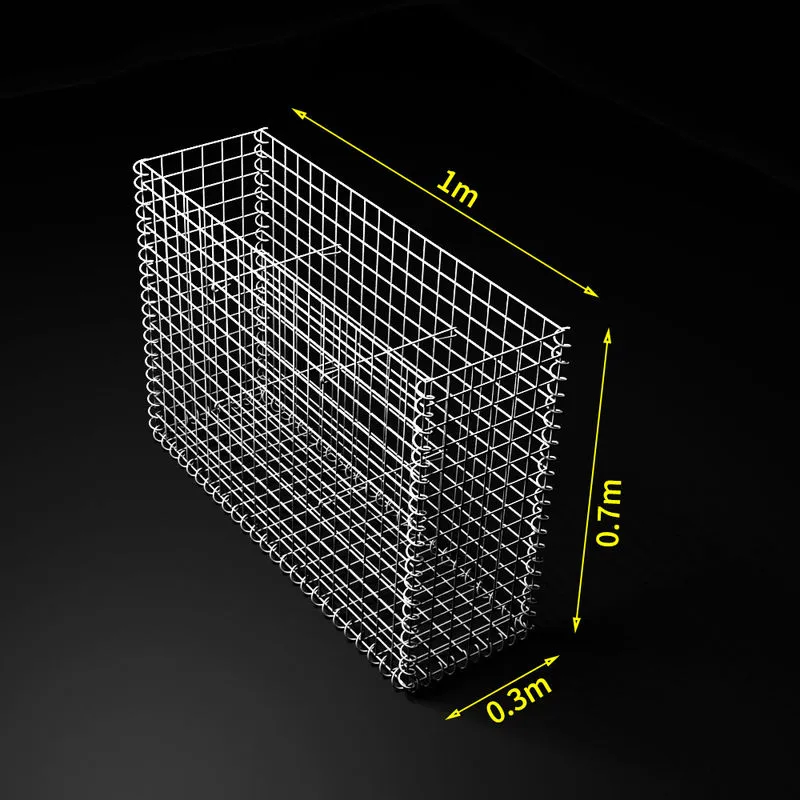Diamond expanded metal mesh represents a versatile, robust, and visually appealing material that finds applications across various industries. This material is produced by cutting and stretching a solid sheet of metal, usually steel or aluminum, into a diamond-shaped pattern. Its unique structure offers numerous advantages, ranging from enhanced strength and durability to superior aesthetic appeal, making it an ideal choice for both industrial and architectural projects.

A notable benefit of diamond expanded metal mesh is its strength-to-weight ratio. The process of expansion does not significantly alter the material’s structure, retaining the original sheet’s thickness and thus ensuring durability while reducing excess weight. This feature is particularly advantageous in construction and infrastructure projects where maintaining strength without adding unnecessary weight is crucial. Structural reinforcements, safety grilles, and walkways often utilize this material for these very reasons.
Additionally, the diamond mesh pattern improves traction, essential for safety applications. The raised diamond design enhances grip and reduces the risk of slipping, making it a preferred choice for walkways, stair treads, and industrial platforms. Its non-slip characteristics protect workers in manufacturing environments and ensure pedestrian safety in public spaces.

From an aesthetics perspective, diamond expanded metal mesh offers architects and designers a versatile tool. Its ability to manipulate light and shadow makes it a popular choice for facades and decorative elements in modern architecture. The mesh can also be coated in an array of colors and finishes, providing endless possibilities for creativity and personalization in design projects. Buildings utilizing this material often stand out for their unique appearances and improved ventilation, without compromising on structural integrity.
Furthermore, the open area in the diamond mesh allows for excellent ventilation and flow of light. In industries where airflow is critical, such as HVAC, automotive, and greenhouses, diamond expanded metal mesh performs exceptionally well. It aids in efficient ventilation systems, allowing air and light to pass through freely while ensuring the protection and security against larger debris or intrusions.
diamond expanded metal mesh
In terms of environmental impact, diamond expanded metal mesh stands out due to its sustainability features. It is fully recyclable, reducing the burden on natural resources. The production process itself is efficient with minimal waste, as no material is removed—rather, the metal sheet is merely expanded. This attribute aligns with modern green building practices and industrial standards that prioritize sustainable sourcing and manufacturing.
Moreover, this material is highly resistant to harsh environmental conditions. Whether subjected to extreme temperatures, heavy rains, or corrosive environments, diamond expanded metal mesh maintains its integrity. This characteristic extends the lifespan of products and reduces maintenance costs, contributing to long-term economic benefits for industries and projects.
Choosing the right grade and finish of diamond expanded metal mesh is critical for project success. Working with experienced suppliers who understand the specific needs of various industries ensures that the mesh’s properties are aligned with the intended application. Quality control and material expertise from suppliers contribute significantly to the reliability and performance of the final product.
In conclusion, diamond expanded metal mesh embodies a combination of functional benefits and aesthetic versatility. Its applications range across diverse fields, providing safety, enhancing architectural beauty, ensuring effective ventilation, and supporting sustainability initiatives. Its robustness combined with flexibility makes it a staple in both current industrial uses and forward-thinking architectural solutions. When selected and applied wisely, its benefits lead to projects that not only meet but often exceed user expectations, making it an indispensable material in the modern toolkit of engineers, architects, and industrial designers.
























